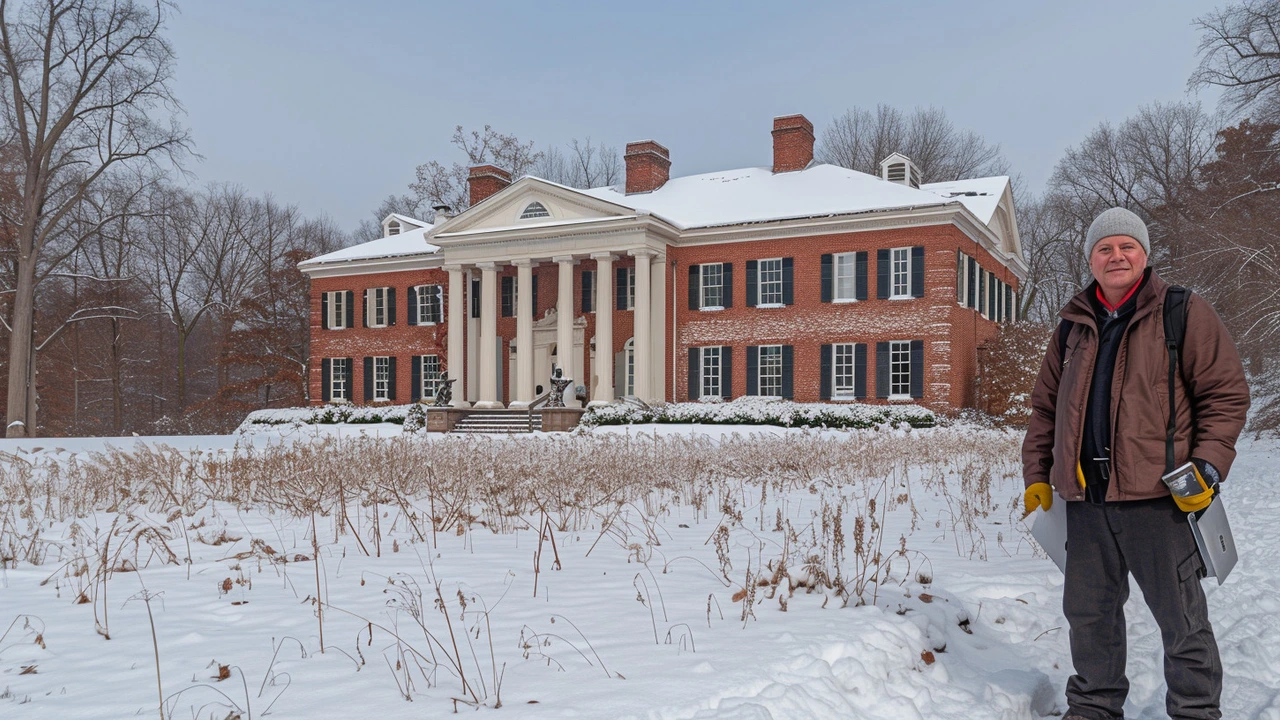Enduring Charm: Timeless Architecture and Design
Want to know why old styles still feel fresh? Buildings that keep working across centuries share clear traits: proportion, clear structure, thoughtful detail, and materials that age well. This tag brings posts that explain how Roman arches, Greek columns, Gothic spires, and Craftsman porches still shape homes and cities today.
Start by spotting the basics. Look at roofs, windows, and entryways first. A gambrel roof usually signals Dutch Colonial Revival. Tall pointed windows and decorative tracery point to Gothic Revival. Broad porches, exposed rafters, and built-in woodwork often mean American Craftsman. These outward clues give you a fast read on a building’s roots.
Why these styles stuck around
Function matters. Roman engineers solved drainage and public space needs; their vaults and aqueducts were useful, not just pretty. Greek Revival used simple geometry to communicate order and civic pride. Later revival styles recycled older features because those elements fit new needs—privacy, natural light, or faster construction—while still looking familiar and trustworthy.
Materials and craft play a role too. Stone, brick, and hardwoods patina over time and often outlast cheap modern materials. That wear can add character, not just age. When a building was made to be repaired rather than replaced, it stands a better chance of surviving intact.
Practical tips for lovers and renovators
Thinking of renovating? Match new materials to the original scale and texture. A modern vinyl window that’s the same size and divided like the old sash can read as authentic from the street. For interiors, keep original moldings and joinery where possible—those details anchor a room.
Preservation doesn’t mean freezing a building in time. You can add insulation, update electrical systems, and improve drainage while keeping visible historic features. Prioritize reversible changes so future owners can restore original elements if desired.
Travel tips: pick one style to study on a trip. Walk a neighborhood slowly and note repeating elements—cornice lines, roof pitches, window shapes. Museums and city archives often have old maps and photos that show how streets evolved. Those images make it easier to see what’s original and what was added later.
On this tag page, you’ll find deep dives and practical guides: from Ancient Roman engineering and Byzantine mosaics to Colonial, Georgian, and Beaux-Arts influences on modern cities. There are also hands-on articles about conserving Beaux-Arts facades, renovating Craftsman homes, and recognizing hidden Roman gems.
If you like buildings that tell a story, use these posts as a short course in reading architecture. Pick a style, read one article, then walk outside and try to identify three features. You’ll start spotting connections between old ideas and new buildings in no time.

The Enduring Charm of Colonial Revival Architecture
Hey there, architecture lovers! Let's dish on the classic beauty that is Colonial Revival Architecture. Picture it: Symmetrical facades, grand entryways, and oh-so-charming multi-pane windows. These time-honored design elements have not only stood the test of time, but they've also skipped, hopped and totally danced their way through it. So pop on your tricorn hat and buckle shoes because the enduring allure of Colonial Revival Architecture is here for the long haul. Isn't it simply breathtaking?
Read more